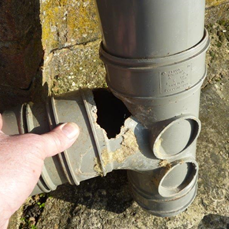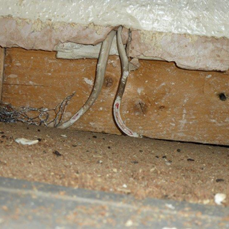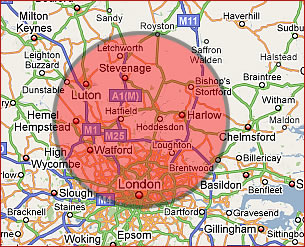Do it yourself pest control?
For many people the thought of calling out a professional to deal with a potential pest issue might convey spending money unnecessarily. So can you solve the problem without employing a professional?
For those of you who think a DIY approach might be a viable option each month we will be looking at a different target species and comparing notes – DIY v’s professional?
This month we are looking at bed bugs
To most of us it’s just a few bugs – right? A quick look on the internet and most links would either suggest buying insecticide product XYZ or similar and having a good spray around the bed or maybe even just discarding the bed altogether? Job done!
If only it really was that simple. The first objective is to investigate how you managed to get bed bugs in the first place. This could be from purchase of second hand furniture or books, a recent stay in a hotel or guest house or even from having a relative or friend to stay? Tracking the route in is vital if the problem is to be avoided in the future.
The next issue is bed bugs can set up home almost anywhere in the infested room migrating back and forth to the host for a blood meal. They also lay plenty of eggs in the process. To make matters worse these highly mobile, flat insects like to hide in cracks and crevices making the process of trying to find them even more difficult.
But surely, if I use plenty of product XYZ that will sort it out anyway? In most cases I’m afraid not.With the health & safety brigade hot on the heels of anything amateur that could potentially cause harm all such products now have seriously watered down actives. Where a professional product might contain 10% of a suitable insecticide its amateur use equivalent might only contain a 0.2% concentration or less.
Now consider that even qualified technicians can still struggle to gain control of bed bugs under certain circumstances using professional products so what chance would the amateur have? That’s even assuming the DIY home owner adopts a good ‘search and treat’ technique!
Even the manufacturers of many non-professional brands have jumped on the band waggon by emphasising their product as being ‘target specific’ when in the past the same item might simply have been called ‘Crawling insect’ spray. The list of target insects, active and application etc. on the label still remains the same with the exception of whatever species has been chosen to appear in bold on the front of the can.
We are also influenced by the big brand names with most of them having prices to match but in effect all you really get for the extra cost is usually nothing more than a name. R***ok*l probably market some very good products but if you search carefully on the DIY supermarket shelves you stand a good chance of finding exactly the same active ingredients by a different manufacturer at a fraction of the cost.
I have come across so many cases where members of the public have spent a small fortune on the DIY process and failed. It is only afterwards they discover that for a fraction more I can conduct a professional treatment with a full guarantee. Sometimes it seems a ‘no brainer’!
DIY or professional treatment? – You decide? Next month we look at cockroaches.









